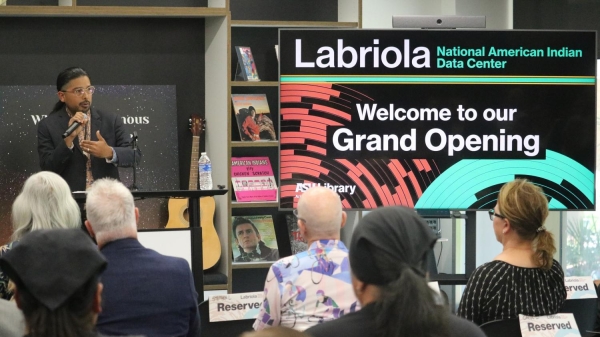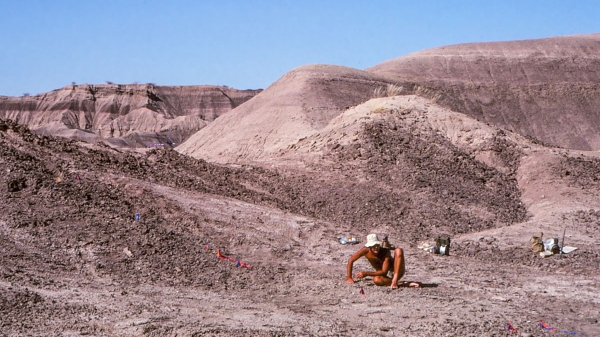Archaeologists believe recent Phoenix finds predate the Hohokam
Phoenix is built on the remains of a once prolific society known as the Hohokam. It is not uncommon for development projects in the area to unearth evidence of these people, who thrived in central Arizona until about 1450 A.D. However, as reported in the Arizona Republic, recent finds at a downtown Phoenix construction site could date back about 1,600 years, to before the Hohokam.
Work crews building the new Maricopa County Sheriff’s Office have discovered pottery pieces and grindstones that project archaeologist Mark Hackbarth categorizes as artifacts from the Red Mountain Phase.
"The finds of that age are pretty rare," said ASU archaeologist and Hohokam specialist David R. Abbott. "We don't know a lot about the Red Mountain Phase. Any additional information pertinent to what's going on at that time would be of great value."
According to Abbott, an associate professor in the School of Human Evolution and Social Change, in the College of Liberal Arts and Sciences, it is believed that people during the Red Mountain Phase farmed corn seasonally in the Salt River floodplains. Because there is a “direct link” between the two cultures, Abbott hopes that the recent finds could help archaeologists understand why the Hohokam people began using large irrigation canals for farming.
Abbott looks forward to seeing the final archaeological report, which will be issued in about six months.
After being examined, the artifacts will be housed at Pueblo Grande Museum and Archaeological Park, where the city of Phoenix archaeologist, Laurene Montero, is headquartered.
Article source: The Arizona RepublicMore ASU in the news

ASU celebrates new Tempe campus space for the Labriola National Data Center

Was Lucy the mother of us all? Fifty years after her discovery, the 3.2-million-year-old skeleton has rivals
